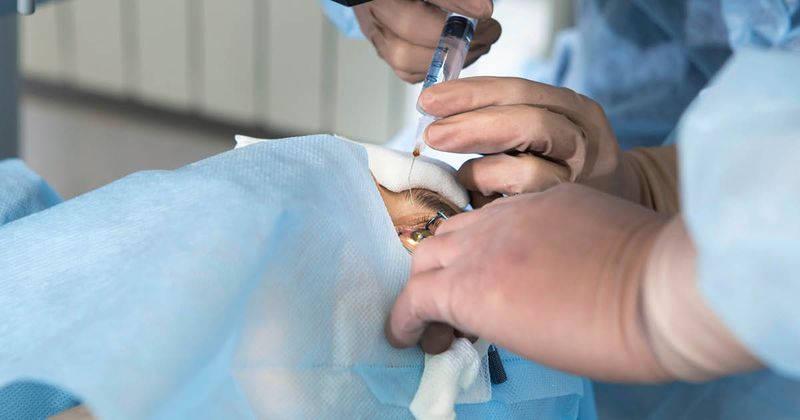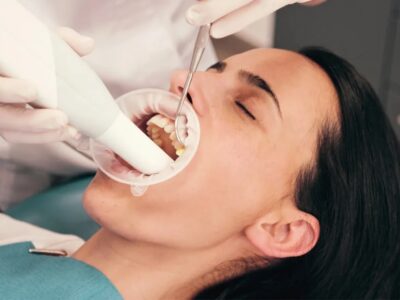
It is estimated that the first refractive surgeries as we know them today (based on lasers) took place around the 1980s. It was the PRK method (photorefractive keratectomy), and since then, many innovations have been carried out in the field of ophthalmology, making the procedure increasingly safe and accurate.
Currently, the main techniques for the vision correction procedure with the aid of lasers are PRK, Lasik, and SMILE. They act by modifying the shape of the cornea and correcting the internal deviations of light rays, allowing them to focus correctly on the retina. The indication of which is the best technique for refractive surgery, on the other hand, depends on each case. The most modern technique is SMILE, with the least invasive in nature and recovery time.
See a summary of each below:
- PRK (Photorefractive Keratectomy)
In the PRK method, the membrane that covers the cornea is removed through a process called corneal de-epithelialization. Thus, the laser can be applied directly without cutting or incision. Generally, this variation of refractive surgery is indicated for people with thinner corneas. After the procedure, the patient must wear temporary protective lenses to replace the missing membrane. It is also important to highlight that the PRK method is associated with a longer recovery time and a more uncomfortable postoperative period than other techniques.
- LASIK
The LASIK technique by rle surgery near me for example came a little later than PRK, representing advances in recovery and postoperative time. The reason for this is the less invasive procedure, based on making a small incision (FLAP) in the cornea’s membrane lining. There is usually no need for temporary lenses after LASIK surgery. Still, when it does happen, it is for considerably less time than with PRK.
- SMILE
It is the most modern refractive surgery technique, dispensing with the need to remove or make cutouts (FLAPS) in the protective membrane of the cornea. Instead, the SMILE technique can act under the cornea through a tiny incision. This results in a smoother process, with almost imperceptible postoperative symptoms and a faster return to daily activities.
When Is Refractive Surgery Indicated?
Refractive surgery from discover vision center for instance is indicated for people with refractive disorders (myopia, hyperopia, astigmatism, and presbyopia) who wish to correct them permanently.
Generally, patients over 18 years old whose grade has been stabilized for at least one year are classified for the procedure. You also need to be up to date with check-up exams, proving the eye and general health of the body so that the procedure is as accurate and safe as possible. Refractive surgery is not recommended for patients who are pregnant or are still in the breastfeeding stage. In addition, more careful monitoring is also necessary for those with diabetes.











